Shocking! First-ever asteroid within orbit of Venus Spotted; Meet the unique asteroid 2020 AV2
For the first time ever, an asteroid has been spotted that lies entirely within the orbit of Venus. Scientists believe this could give rise to an entirely new population of asteroids.
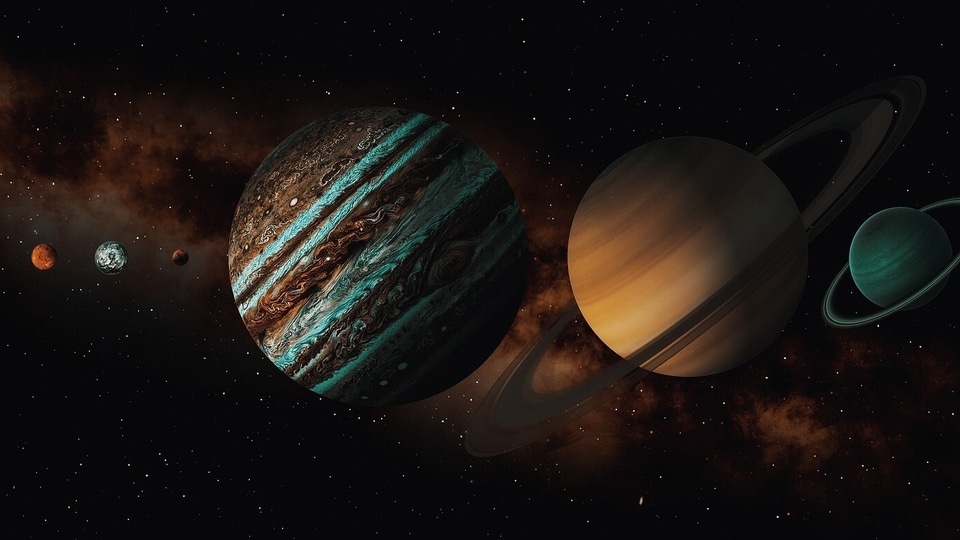
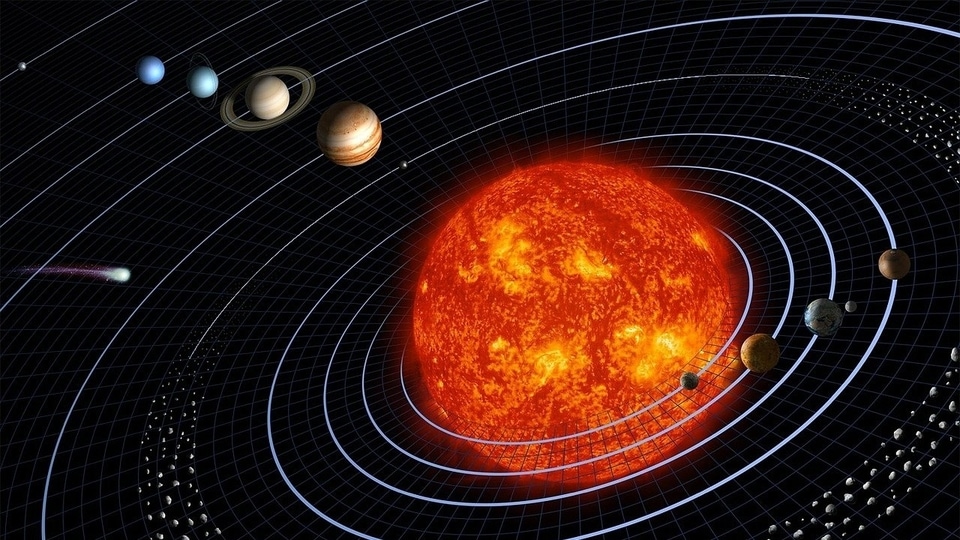

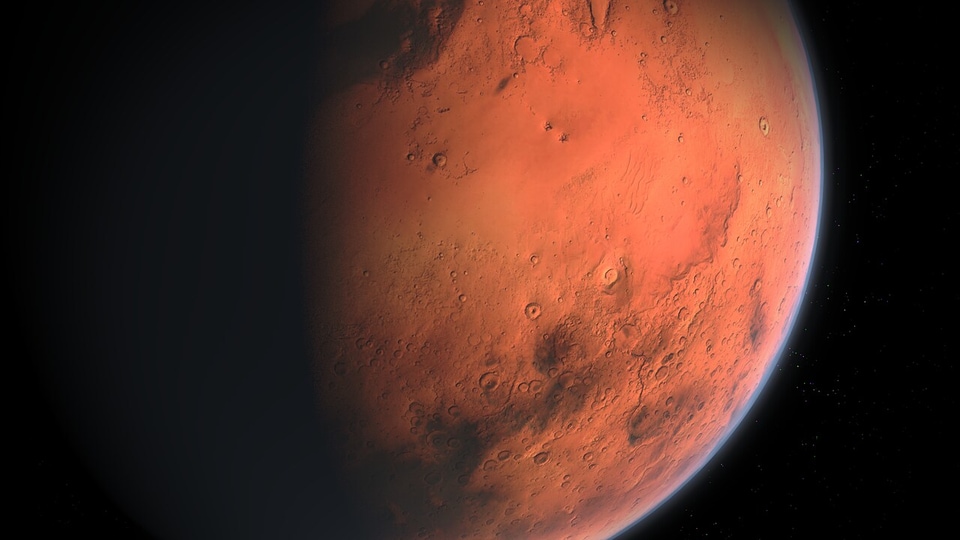
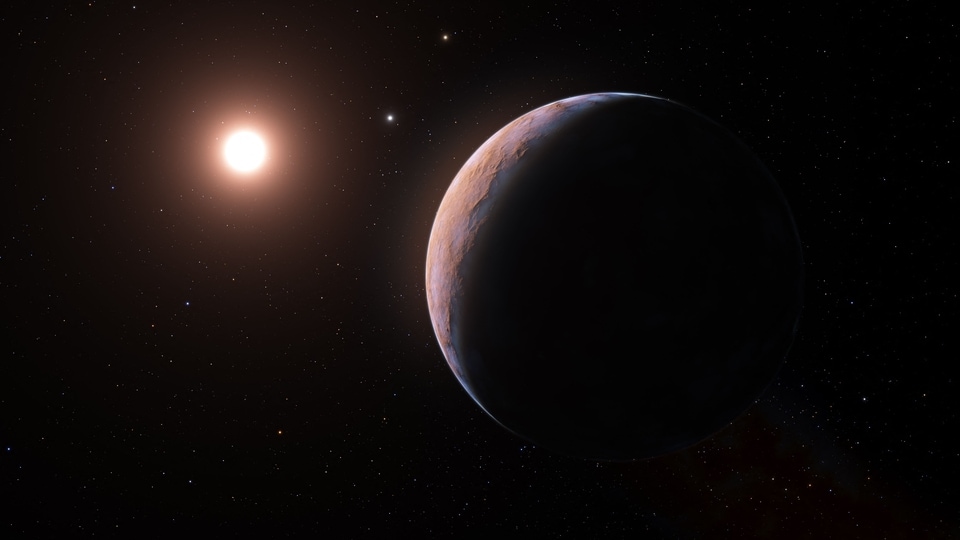
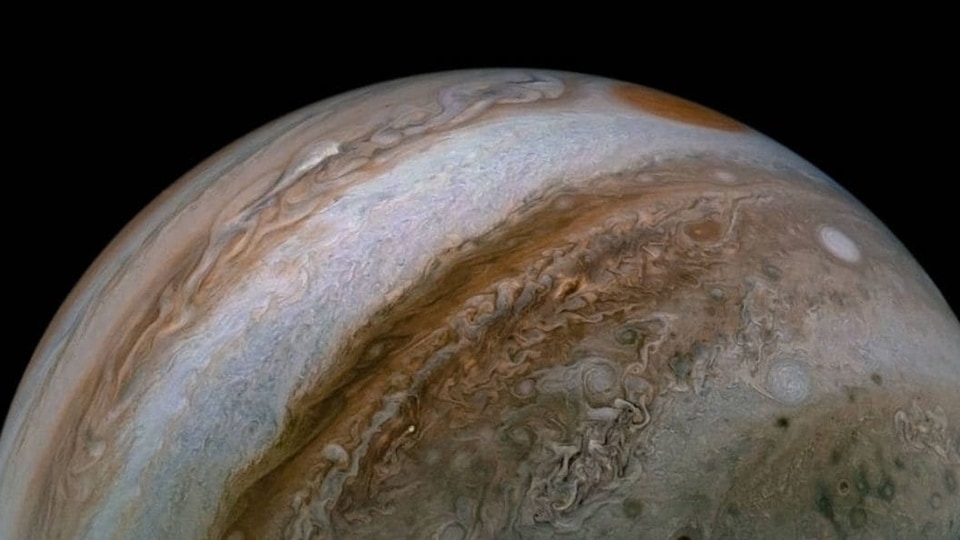
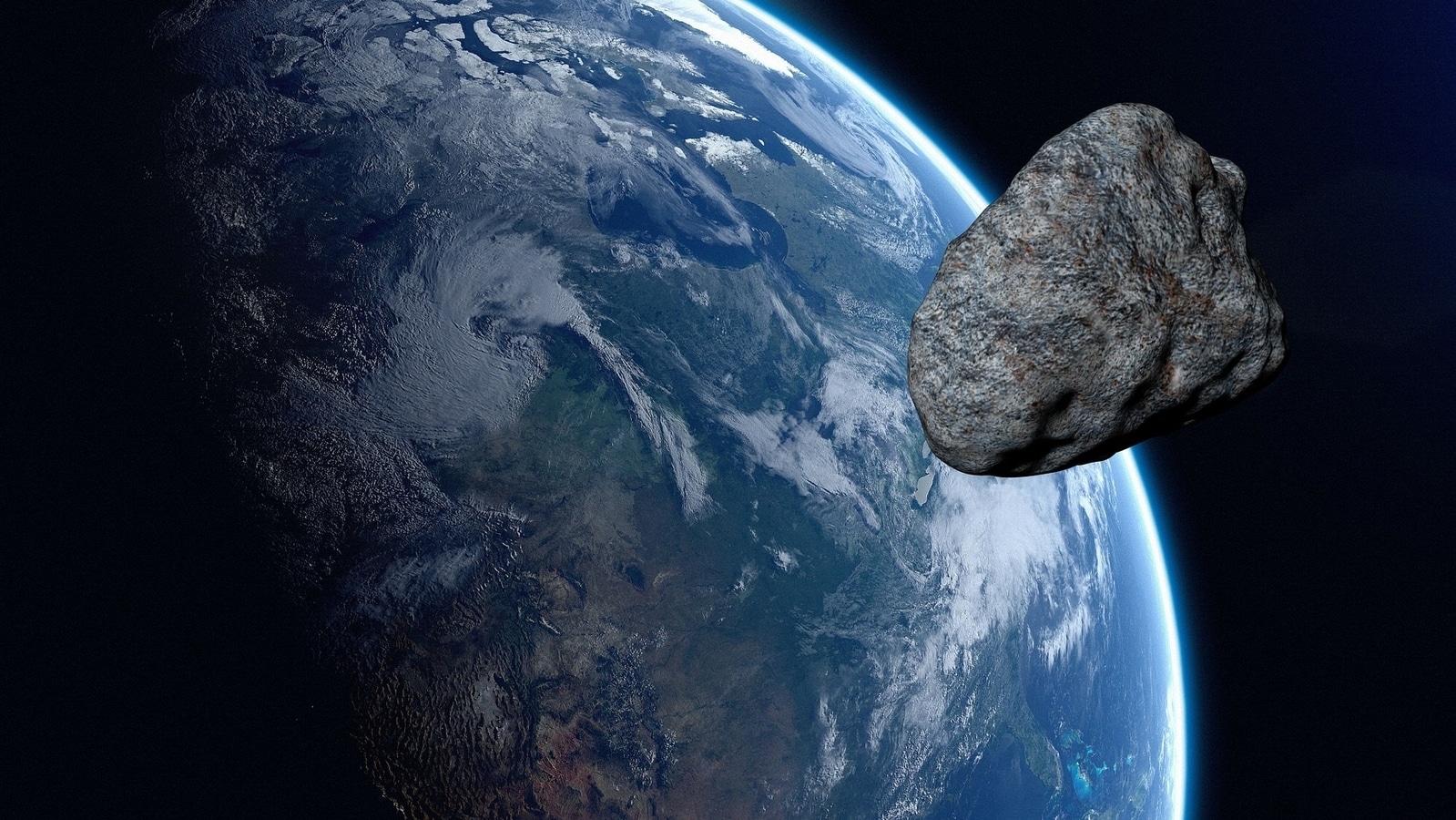
 View all Images
View all ImagesThe source of the majority of the asteroids in our solar system lies in the asteroid belt. Located roughly between the orbits of the planets Jupiter and Mars, this region is the home to asteroids ranging from the size of a pebble to a dwarf planet (Ceres at 950 kilometers width). And for years, scientists have known that most asteroids are either coming from and to the asteroid belt or have been ejected by Jupiter's gravitational pull and have been stranded in a distant part of the solar system. However, this notion has been broken after an asteroid has been spotted which lies entirely within the orbit of Venus. This has now forced scientists to accept the reality that different classifications of asteroids may exist in different planetary systems.
First ever Venusian asteroid hints at new collection of space rocks
According to a recent study published in the Monthly Notices of the Royal Astronomical Society, asteroid 2020 AV2 is changing the way scientists look at asteroid clusters. The space rock was first observed in 2020 using the Samuel Oschin telescope at Palomar Observatory, but at the time its orbit was not known. After collecting data over a period of time, it became clear that the asteroid orbits the Sun entirely within the orbit of Venus.
If you do not understand why it is significant, then allow us to explain. The current hypothesis is that the asteroids were either the dust particles from the early solar system that could not become a planet or the result of many collisions that took place in the solar system in the process of building planets. These rocks initially began orbiting the Sun but then due to the strong gravitational pull of Jupiter, began accumulating in the space between Jupiter and Mars. Some larger asteroids that broke from this pull and began rotating around the Sun would still return to the asteroid belt. That is why most asteroids that come close to the Earth are either moving towards the Sun or the asteroid belt.
This is why asteroids being near Venus is surprising because Venus is not supposed to have a gravitational field so strong to contain asteroids within its system. Yet, that is exactly what's happening here.
“The current theory is that asteroids interior to Earth's and Venus's orbits migrated out of the main belt and onto orbits in the inner solar system mostly through gravitational interactions with the planets," Robert Jedicke, University of Hawaii told Sky & Telescope.
Catch all the Latest Tech News, Mobile News, Laptop News, Gaming news, Wearables News , How To News, also keep up with us on Whatsapp channel,Twitter, Facebook, Google News, and Instagram. For our latest videos, subscribe to our YouTube channel.































